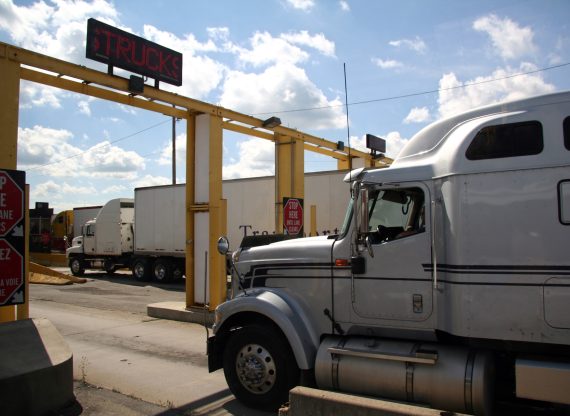Free interprovincial trade once and for all

The theme of the post-COVID-19 economic recovery is on everyone’s lips, and there’s no shortage of debate about what should be done. According to some, the government should raise taxes on the rich, as if this were a way to promote growth. For others, this is an opportunity to implement an ecological transition, something that poses a big risk for the Canadian economy. Yet there is a simpler, less risky way to get from A to B: Free up interprovincial trade once and for all.
For decades, Canada has been signing trade agreements — with the United States, with Asian countries, and with the European Union, among others. Given this trend, it made sense for the Canadian Free Trade Agreement (CFTA) to see the light of day in 2017 in order to encourage trade between the provinces. After all, Canada itself was founded in good part because of the need to create an internal market to protect us from American protectionism.
The CFTA was necessary because of the numerous trade barriers erected between the different provinces. Statistics Canada has estimated that in 2017, these barriers represented the equivalent of a 6.9 per cent customs tariff. Unfortunately, few provinces have taken the opportunity to improve their practices. Alberta and Manitoba have made substantial efforts to encourage interprovincial trade, but most of the other provinces have not followed suit. Worse yet, British Columbia has actually added obstacles to interprovincial trade.
What is a trade barrier? It can simply be a matter of standards that differ from one province to the next regarding, for example, the tires that can be used on transport trucks. Indeed, certain high-performance tires that reduce gas consumption are not permitted in all provinces, which forces truckers to change tires mid-journey. This can seem trivial, but it increases the prices of goods.
According to in-depth economic studies, especially a 2019 IMF working paper by Jorge Alvarez and Ivo Krznar of the IMF and Trevor Tombe of the University of Alberta, it would be possible to increase Canada’s GDP per capita by 3.8 per cent simply by removing barriers to interprovincial trade. This is even truer for Atlantic Canada. Indeed, according to our own calculations, the elimination of trade barriers would go a long way toward bridging the economic gap that separates the Atlantic provinces from the rest of the country. For example, New Brunswick would see its GDP per capita increase by six per cent, Newfoundland and Labrador by 13 per cent, and Prince Edward Island by fully 16 per cent.
In fact, if trade barriers had been abolished in 2000, a province like Manitoba would have caught up to Ontario by 2013 in terms of GDP per capita. This shows just how powerful a tool eliminating trade barriers is for improving the well-being of the population.
Among the more populous provinces, Quebec would have the most to gain from a more harmonized economic partnership. The province’s GDP per capita could increase by 4.6 per cent simply by removing trade barriers. Yet Quebec has the most obstacles to interprovincial trade and has made no improvements since 2017.
It’s not that the provinces have done nothing over the past decade or so. The New West Partnership has seen British Columbia, Alberta, Saskatchewan and, finally, in 2016, Manitoba ratify and implement a set of economic agreements. Quebec and Ontario are currently looking into making their bilateral trade easier, as well. But these agreements exclude several provinces, including those that have the most to gain by facilitating interprovincial trade.
If they need an excuse, the almost universal desire for a fresh start coming out of the pandemic gives Canadian politicians the opportunity to sit down and negotiate once and for all a true free trade agreement that both respects the spirit of Canadian Confederation and promotes prosperity. It’s a simple, low-cost way to stimulate the economy, raise our productivity, and in the end, improve our general standard of living.
Olivier Rancourt est économiste à l’IEDM, Krystle Wittevrongel, analyste en politiques publiques à l’IEDM. Ils sont les auteurs de Indice du leadership provincial en matière de commerce intérieur – Édition 2021 et signent ce texte à titre personnel.

